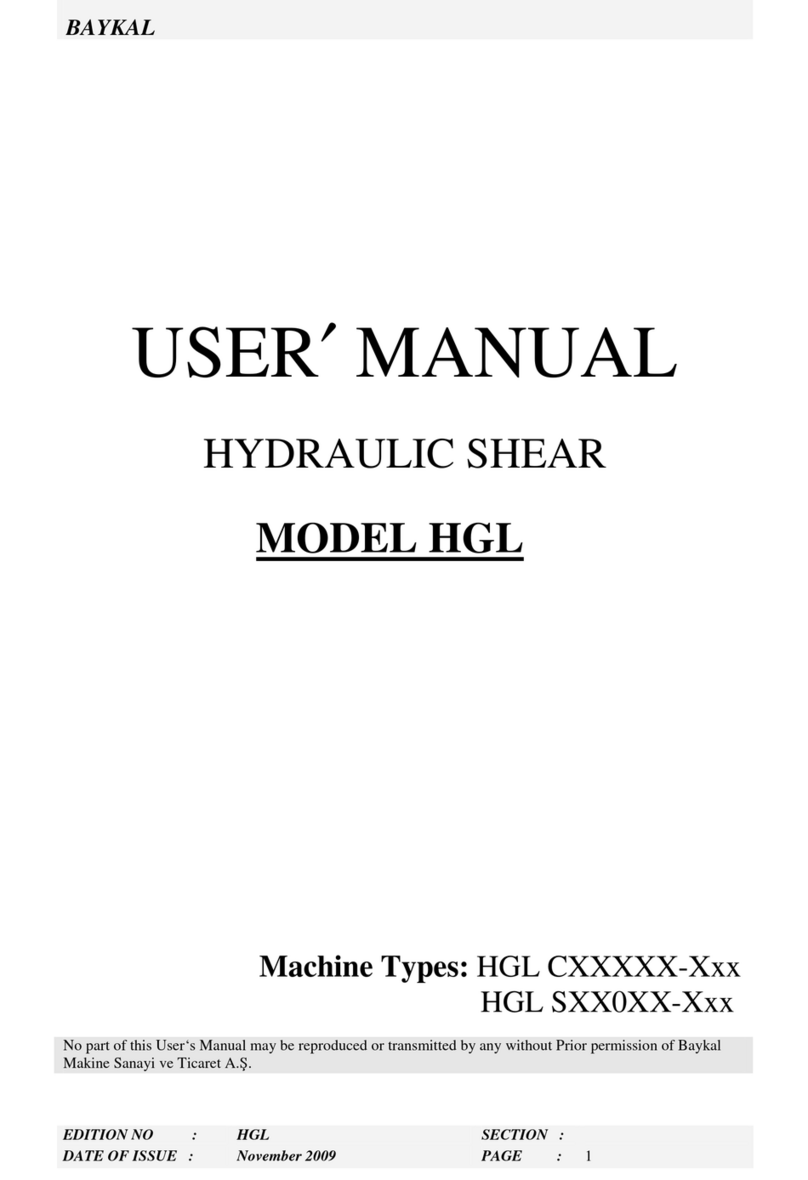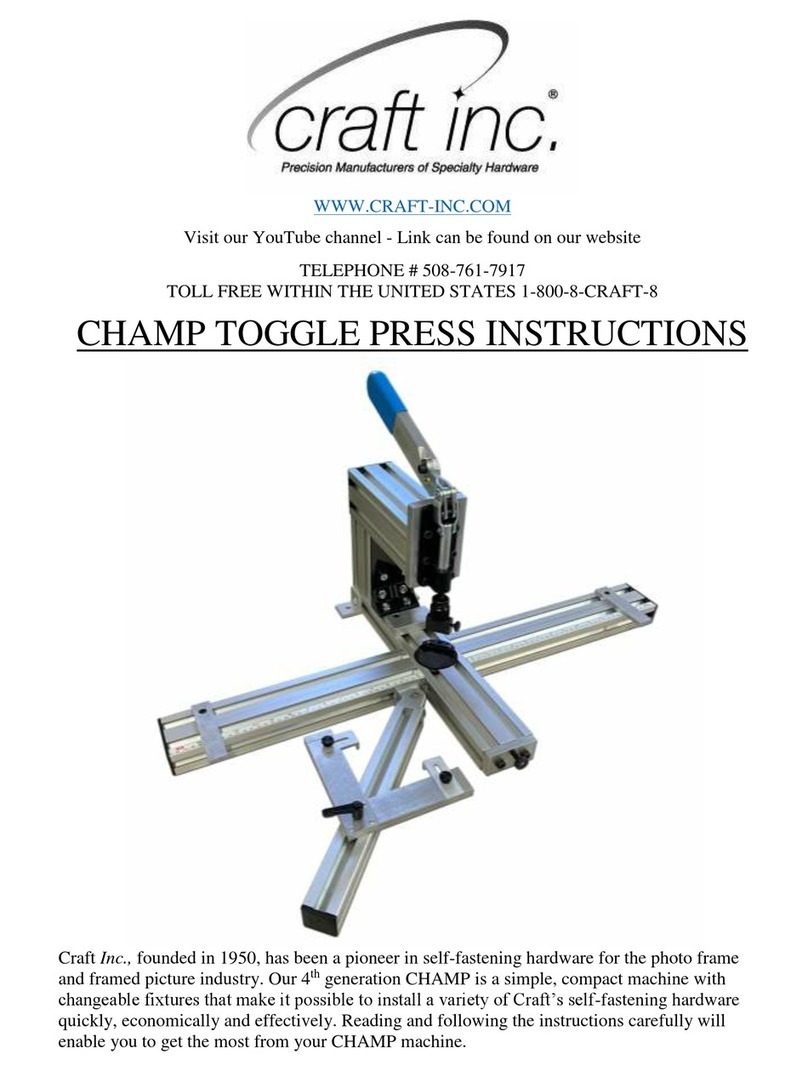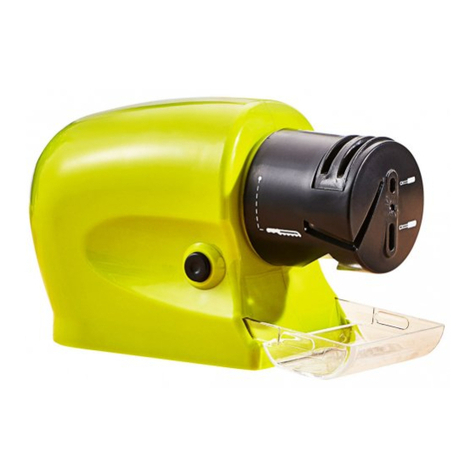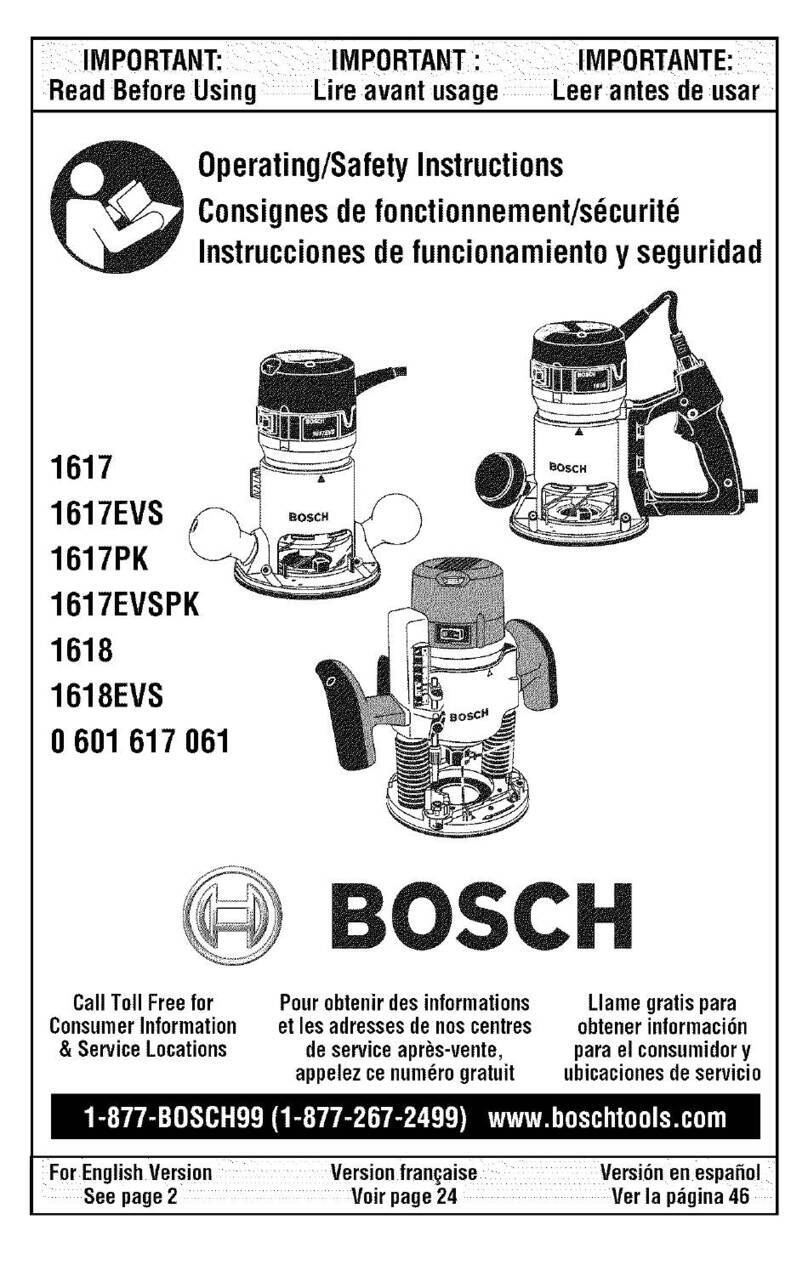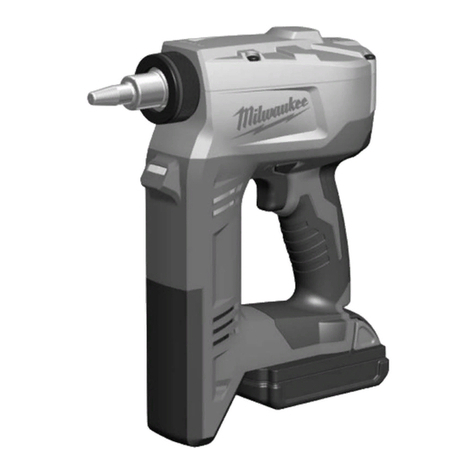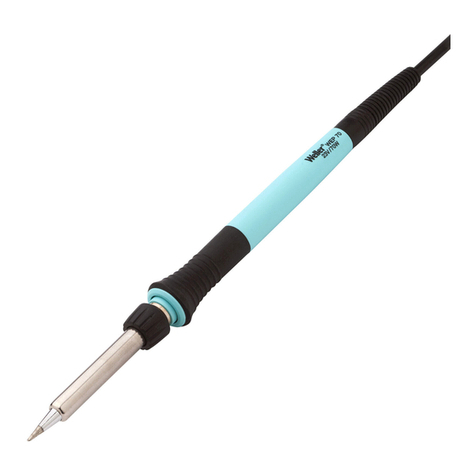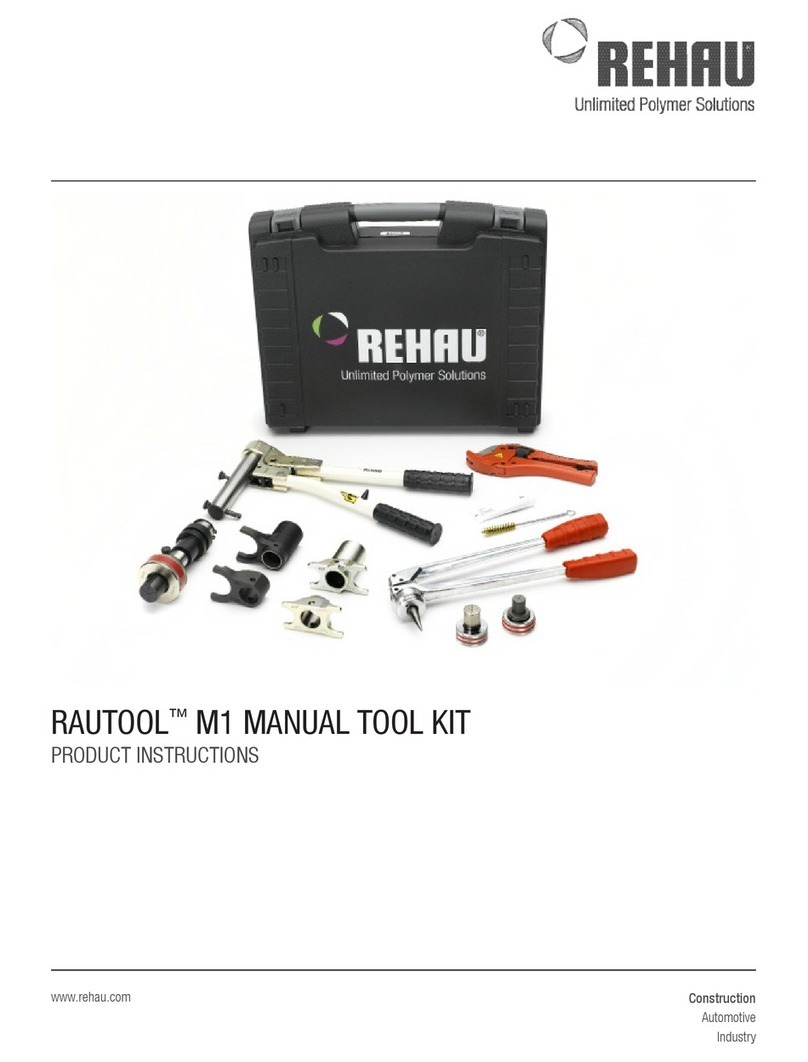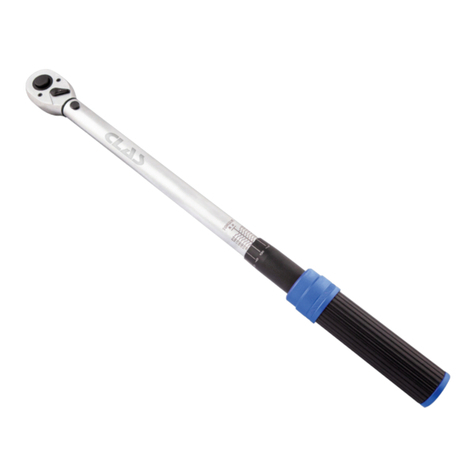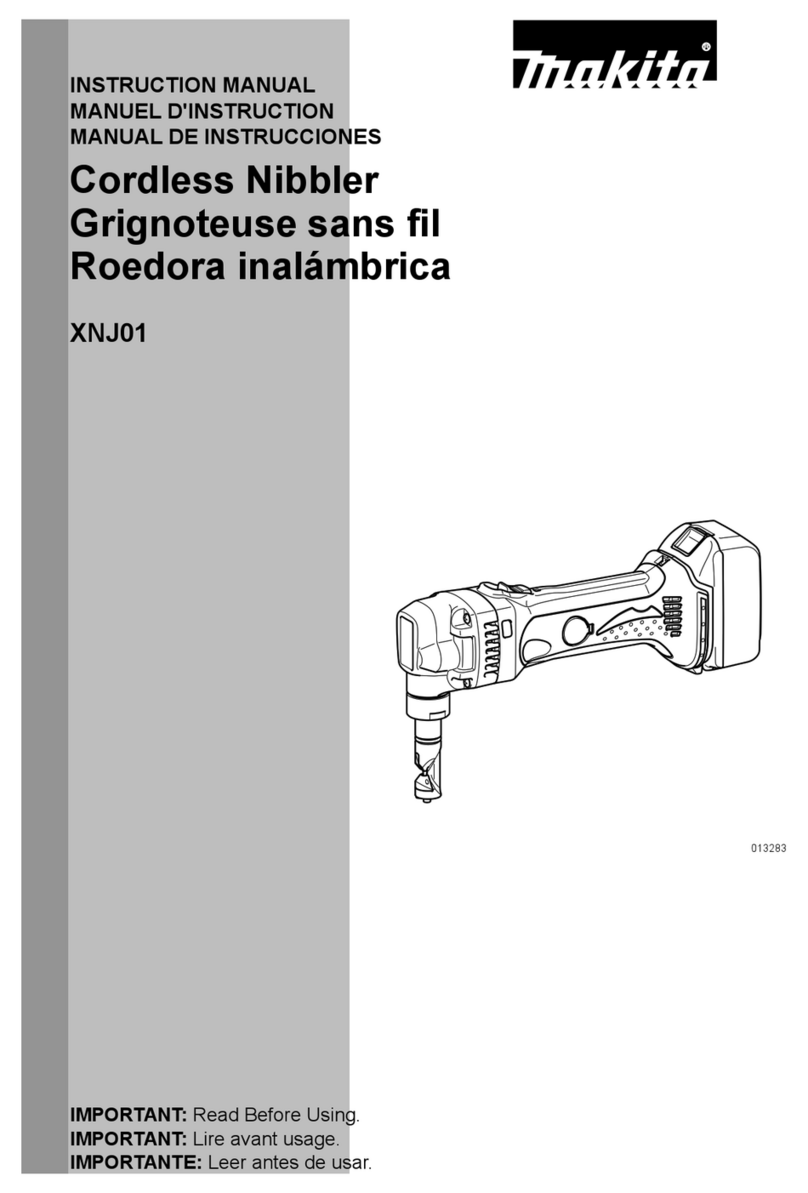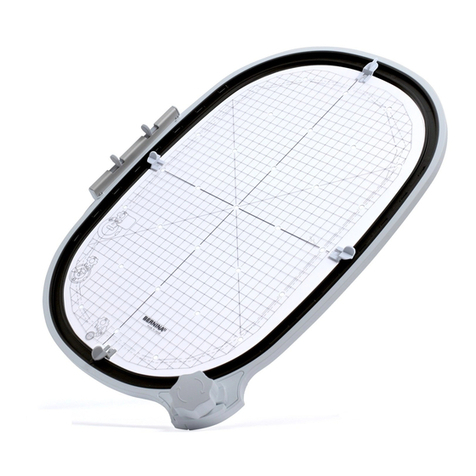BAYKAL APH Series User manual

BAYKAL
EDITION NO : APH SECTION :
DATE OF ISSUE : July-2005 PAGE : 1
USER’S MANUAL
HYDRAULIC PRESS BRAKE
MODEL APH
No part of this User‘s Manual may be reproduced or transmitted by any without Prior permission of Baykal
Makine Sanayi ve Ticaret A.Ş.

BAYKAL
EDITION NO : APH SECTION :
DATE OF ISSUE : July-2005 PAGE : 2
MACHINE TYPE DESCRIPTION
APH XXXXX-xx
STANDARD SUPPLY
VOLTAGE CONTROLLER HYDRAULIC BLOCK ACCESSORIES
APH X X X X XXX
C – CE
S – STAND.
1 – 220
2 – 230
3 – 240
4 – 400
5 – 415
6 – 440
7 – 480
8 – 600
9 – 220/400
1 -- ELGO 8822
1 – FISSLER AKAS
2 – SICK LIGHT GUARD
3 – REER
4– LAZER SAFE
!
NOTE:
In order to SEE THE TYPE OF YOUR MACHINE, please
see the electric circuit diagram in APPENDIX C. It is written
in the left bottom side of the diagram.

BAYKAL
EDITION NO : APH SECTION :
DATE OF ISSUE : July-2005 PAGE : 3
! ATTENTION
PUMP ROTATION MUST BE IN
ARROW DIRECTION,
OTHERWISE
THE PUMP WILL BE DAMAGED
CHECK THE MOTOR ROTATION BY PUSHING THE
″
GREEN
″
START, AND IMMEDIATELY AFTER, THE (RED) STOP BUTTONS ON
THE ELECTRICAL PANEL. THE MOTOR MUST BE ROTATING IN THE
DIRECTION OF
″
ARROW
″
. IF IT IS ROTATING IN THE REVERSE
DIRECTION, CHANGE ANY TWO PHASES IN THE ELECTRICAL
SUPPLY POINT.

BAYKAL
EDITION NO : APH SECTION :
DATE OF ISSUE : July-2005 PAGE : 4
INFORMATION AND WARNING LABELS
DESIGNATION PLATE BENDING TABLE
CE CONFIRMATION DANGER:
ELECTRIC SHOCK
GROUND LUBRICATION PUMP ROTATION
POINT
HANDS MAY BE WHEN BENDING, HANDS WHEN BENDING, SHEET
JAMMED MAY BE JAMMED BETWEEN MAY CRASH SOME PARTS
BETWEEN TOOLS TOP TOOL AND SHEET OF BODY
DESIGNATION PLATE
Manufacturer BAYKAL Mak. San. Tic. A.Ş.
Bursa / TÜRKİYE
Machine Hydraulic Press Brake
Type APH
Model
Serial No
Capacity ton
Bending length mm
Main voltage V/Hz/Ph
Motor Power kW
System Pressure bar
Min stroke mm
Max stroke mm
Machine weight kg
Top tool weight kg
Bottom tool weight kg
Length mm
Width mm

BAYKAL
EDITION NO : APH SECTION :
DATE OF ISSUE : July-2005 PAGE : 5
C O N T E N T S:
1. GENERAL MACHINE INFORMATION
1.1. Registered trademark
1.2. Machine type
1.3. Serial number
1.4. Year of manufacturer
1.5. Address of the manufacturer
1.6. Address of the authorized dealer
2. IMPORTANT INFORMATION
2.1. Safety features of your Press Brake
2.2. Important safety information & instructions
2.3. Noise Measurement
2.4. Stop Time Control
3. OVERALL DIMENSIONS and DRAWING
4. LIFTING & TRANSPORTATION
5. UNPACKING & INSTALLATION
6. OPERATING AND MAINTENANCE INSTRUCTIONS
6.1. Technical data
6.2. Description of Press brake applications
6.3. Prohibited uses of the Press brake
6.4. Incorrect uses of the Press brake
Using The Press Brake
6.5.1. Requirements for the initial test and examination.
6.5.2.Electrical connections
6.5.3 Operating the Machine.
6.5.4.Centering the Bottom tool
6.5.5.Top beam parallelism adjustment
6.5.6.Backgauge parallelism adjustment
6.5.7.Changing Bending Tools
6.5.8.Wedge Adjustment
6.5.9. Manually Adjustable Crowning System (Optional)
6.5.
6.5.10.Check-list of the finished product
6.5.11.Instructions for the press brake supervisor after machine set up
6.6. Maintenance and inspection
6.6.1. Type and frequency of inspections
6.6.2. Hydraulic System:
6.6.3. Changing oil:
6.6.4. Changing the filter:
6.6.5. Instructions to rescue persons jammed between press brake tools:
6.6.6. Stop time measurement:
6.7. Conditions of storage, re-utilization and scrapping
6.7.1. Storage
6.7.2. Reutilization after storage
6.7.3. Scrapping
7. LUBRICATION POINT

BAYKAL
EDITION NO : APH SECTION :
DATE OF ISSUE : July-2005 PAGE : 6
8. TROUBLESHOOTING
9. BENDING CHART
10. FOLDING FACILITIES
11. PRINCIPLES OF PRESS BRAKE BENDING TECHNOLOGY
APPENDIX
A. SPARE PARTS LIST
B. HYDRAULIC CIRCUIT DIAGRAM
C. ELECTRIC CIRCUIT DIAGRAM
ADDITIONAL MANUALS
A. ELGO P8822 Operating Manuel
B. AKAS Laser guard User Manuel
C. Wila Centrally Adjustable Crowning System (CVB/D)(Optional)

BAYKAL
EDITION NO : APH SECTION :
DATE OF ISSUE : July-2005 PAGE : 7
1. GENERAL MACHINE INFORMATION
1.1.
Registered trademark
: BAYKAL
1.2. Machine type
: APH
1.3. Serial number :
1.4.
Year of manufacture
:
1.5.
Address of manufacturer:
BAYKAL MAKNE SAN.
TC. A..
Organize Sanayi Bölgesi
Yeşil Cad. No:24
BURSA - TURKEY
1.6. Address of the authorized dealer:

BAYKAL
EDITION NO : APH SECTION :
DATE OF ISSUE : July-2005 PAGE : 8
2. IMPORTANT INFORMATION
2.1. Safety features of your press brake
The electrical and hydraulic circuits of your press brake are designed to allow
operation with maximum safety. The following precautions are available on the
machine for enhanced safety.
•
Emergency stop buttons (engaging type) are available on the control unit, on the
pedal control stand and on the electrical cabinet cover (see Figure 2.1.1).
Emergency Stop Buttons
Figure 2.1.1
•
Electro-switch operated fence (See Figure 2.1.2) at the rear of the machine is
fitted. If any of these fences are opened when the beam is downstroking at fast
speed, the beam will retract automatically. If any of the fences are left open
before any operation, the operating modes of the machine are rendered non-
functional.

BAYKAL
EDITION NO : APH SECTION :
DATE OF ISSUE : July-2005 PAGE : 9
Rear side of the machine
Figure 2.1.2
•
Fisler AKAS Laser guard (See Figure 2.1.3) mounted on the beam in front of
the machine protects operator from accidental contact with tooling when the
beam is in action. If anything access area between two devices (transmitter and
receiver) before the top beam reaches the muting point, the beam will stop and
retract automatically.
Transmitter Receiver
Left side of machine Right side of machine
Figure 2.1.3
•
In case of a power supply failure during operation, the beam will stop at a
standstill. When power supply is recovered, it is Not possible to start the
machine without resetting.
•The cylinders are covered by fixed cover plates.

BAYKAL
EDITION NO : APH SECTION :
DATE OF ISSUE : July-2005 PAGE : 10
2.2. Important safety information & instructions
1.
The machine must NOT be operated before reading this User’s Manual. Operate
the machine only if it is in a perfect condition and in accordance with the work
regulations of your factory and operating instructions of this manual.
2.
TRANSPORTATION! The lifting points are shown in the Lifting Diagram
attached. The dimensions and the weight of the machine are given in section
6.1.1. of this manual.
3.
INSTALLATION! The press brake is delivered in complete assembled
execution. It must be leveled and firmly stationed on the floor where it is to be
used, according to the Installation Diagram attached. Indoor installation and a
dry working environment without danger of fire and explosion is necessary.
! The permissible floor load, where the machine is to be installed,
must be accounted for.
4.
The machine must be operated only by authorized and trained personnel.
Operation by unauthorized and untrained personnel in a way that does not
comply with the instructions and regulations may lead to dangerous situations
and is strictly FORBIDDEN.
5. The press brake is designed such that it MUST be operated only by one operator.
Using the machine with more than one operator is forbidden.
6. In case of any emergency, push the emergency stop buttons and follow the
emergency rules of your factory.
7. The following instructions must be born in mind and be adhered to for safe
operation and maintenance of your press brake :
!
This press brake is designed for bending only within the meaning
of section 6.2 of this manual regarding press brake applications.
Prohibited uses of the machine are dealt with in section 6.3 of this
manual.
! DO NOT insert or extend your hands or arms in between bending
tools, under any circumstances, while the machine is in an
operational mode.

BAYKAL
EDITION NO : APH SECTION :
DATE OF ISSUE : July-2005 PAGE : 11
! Check the machine daily for recognizable external damages and
defects.
! Operate the machine only if all protective devices and guardings
are mounted and effective.
! Take notice of the warning labels on the machine and do not
remove them.
! In case of malfunction immediately shut down and secure the
machine. All troubles must be eliminated before re-starting.
! Avoid any operation which may endanger other persons and
immediately shut down the machine when a danger is noticed.
! Shut off the machine completely before any repair work is
carried out.
! DO NOT let yourself be locked in the interior space of the
machine.
! The safe distance of the two-hand control of this machine is 130
mm. Make sure that this safe distance is kept at all times.
! DO NOT bridge the safety limit switches of the side and rear
protective fences.
! DO NOT use front support arms for intermediate storage of
workpieces
! During the bending process the workpiece may leap up.
Therefore, the material must be handled carefully.
! All connecting bolts on the machine must be checked
periodically and be re-tightened if necessary.
! When changing oil and replacing filter, the illustrations in
Section 6. 6 of this manual must be referred to. Make sure that
dirty filters are disposed separately.
! The operating temperature rage of the oil is : (10
°
C - 65
°
C )

BAYKAL
EDITION NO : APH SECTION :
DATE OF ISSUE : July-2005 PAGE : 12
! Any fire in the electric control system must be put out by using a
CO² fire extinguisher.
! Any burning oil must be put out by using a CO²or powder
extinguisher.
! All regulations concerning surface facilities designed for the use of
water polluting liquids must be observed in operation and
maintenance of this press brake.
! All environmental regulations effective must be observed in use of
this press brake.
8. In the operation of the press brake no special personal safety equipment is
necessary. It is however recommended to use working gloves when handling the
workpieces.
9. General maintenance of the press brake can be carried out by universal tools and
equipment while the machine is at a standstill.
10. The manufacturer is free of any responsibility in case of any unapproved
modifications made on the machine and /or any replacement of the original
safety and protective devices by unoriginal ones.
11. The machine is to be serviced and/or be repaired only by the authorized
personnel of BAYKAL or its appointed representatives.

BAYKAL
EDITION NO : APH SECTION :
DATE OF ISSUE : July-2005 PAGE : 13
2.3. Noise measurement
The sound pressure level of the press brake at operator’s working position is
under 70 Db (A).
2.4. Stop time control
The stopping time of this press brake is 80 ms and the corresponding minimum
safety distance from the two-hand control is 130 mm.

BAYKAL
EDITION NO : APH SECTION :
DATE OF ISSUE : July-2005 PAGE : 14
3. OVERALL DRAWING AND DIMENSIONS
Figure 3.1

BAYKAL
EDITION NO : APH SECTION :
DATE OF ISSUE : July-2005 PAGE : 15
4. LIFTING & TRANSPORTATION
The following points should be taken into account :
•The lifting points are illustrated in Figure 4.1.The dimensions and the weight of
the machine are given in section 6.1.1.of this manual.
•Make sure that the lifting rope or chain is of sufficient capacity for the lifting
operation.
!
On press brakes the centre of gravity is on the front side.
Therefore, the machine must be handled with extreme caution
when lifting and installing to prevent it from inclining forward, or
even falling down.
! Make sure that the machine is not subjected to impact
during loading or unloading.
! The crane to lift the machine must be controlled by a single
operator.
WARNING On press brakes, the center of gravity is on the
front side. Therefore the machine must be handled
with extreme caution when lifting and installing to
prevent it from inclining forward or even falling
down.
Figure 4.1

BAYKAL
EDITION NO : APH SECTION :
DATE OF ISSUE : July-2005 PAGE : 16
5. UNPACKING & INSTALLATION
The press brake is packed inside a nylon cover, and is bolted on wooden crates.
! Prior to installation, dispose nylon and wooden crate separately and safely in
accordance with environmental regulations.
After unpacking, check the machine visually against any damage during
transport.
Install the machine in an indoor area which is free from humidity and excessive
dust.
!
Make sure that the machine is installed in accordance with the work and
maintenance space indicated in the enclosed Installation Diagram to enable the
operator to visualize the work area without obstruction. Therefore, the hazardous
situations regarding the operator, other persons, or materials due to incorrect
installation will be reduced.
It is important to leave a work space by both sides of the machine, which is not
less than the tool length. Otherwise, put a reminder that the tool change can only
be executed from the front of the machine.
Floor conditions for installation: Flat and concrete surface (BS 25).
Station the machine on the floor by anchorage bolts or steel expansion inserts as
illustrated in the Installation Diagram.
Remove the steel supports (Part ″C ″in the Installation Diagram), and store
away for future use.
Level the machine by using a water level.
Mount the front support arms (Part ″D″) as illustrated in the Installation
Diagram.
As the top and bottom tools are already fitted, the machine is now ready to
connect to an electric supply.

BAYKAL
EDITION NO : APH SECTION :
DATE OF ISSUE : July-2005 PAGE : 17
Figure 5.1

BAYKAL
EDITION NO : APH SECTION :
DATE OF ISSUE : July-2005 PAGE : 18
6. OPERATING AND MAINTENANCE INSTRUCTIONS
6.1. Technical Data
6.1.1. Specification:
1. Bending length mm
2. Bending capacity -St.42 mm
3. Bending force tons
4. Length mm
5. Width mm
6. Height mm
7. Weight kg
8. Approach speed mm / sec
9. Bending speed mm / sec
10. Return speed mm / sec
11. Total Stroke mm
-Piston Stroke mm
-Adjustment Stroke mm
12. Pump flow rate
cm³/ rev.
13. Oil tank volume lt.
14. Back-gauge range mm
15. Main motor, 3 phase 380 V 50Hz kw
6.1.2. Standard Equipment:
#Electric motor: 380 V 50 Hz 3phase
#Standard top and bottom tools
#Foot-pedal control system
#Pendant control unit
#Wedge system top tooling
#750 mm. power back-gauge
#Gearbox drive for cylinder stroke
#Oil tank level indicator
#Side and rear fence guarding
#Hand screw clamps and chains for alignment and
rotation of bottom die.

BAYKAL
EDITION NO : APH SECTION :
DATE OF ISSUE : July-2005 PAGE : 19
6.1.3. List of parts subject to rapid wear:
No Part name Size specification Qty.
1. Bottom tool - 1
2. Top tool - 1
3. Piston seal 2
4. Rod seal 2
5. Scraper 2
6. O-ring ( cylinder ) 2
6.1.4. List of bearings and special parts:
No Part name Part no. / description Qty. Location on machine
1. Axial bearing 2 Top beam
2. Radial bearing 2 Power back-gauge

BAYKAL
EDITION NO : APH SECTION :
DATE OF ISSUE : July-2005 PAGE : 20
6.2. Description of press brake applications
Your press brake is designed and constructed for press bending of
flat metal materials up to mm. length through use of hydraulic
pressure power of maximum tons which is adjustable. At
maximum tonnage, the material thickness that can be formed is mm.
in case of 42 kgs / mm²steel-plate, which is the most common
material processed on press brake.
The APH press brake is a downstroking type meaning that the
bending force is applied by a down-acting top beam, which is actuated
by two hydraulic cylinders. The lower beam is stationary. A set of top
and bottom tools must be used for bending. For an indication of
folding facilities and the type of tooling recommended, please see
section 10. Further information on the principles of press brake
bending technology is given in section 11.
Table of contents
Other BAYKAL Power Tools manuals
Popular Power Tools manuals by other brands

VITO
VITO PNEUMATIC STAPLER-NAILER instruction manual
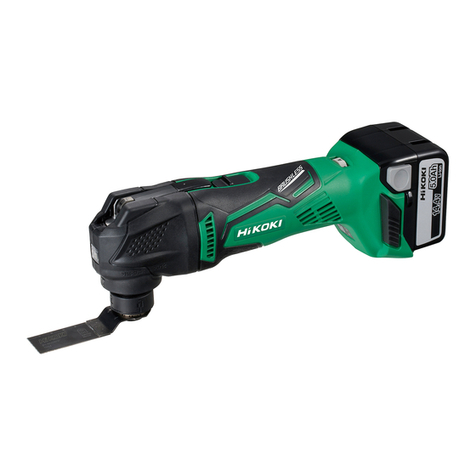
Hitachi Koki
Hitachi Koki CV14DBL Handling instructions

Black & Decker
Black & Decker Firestorm FS1800JS instruction manual
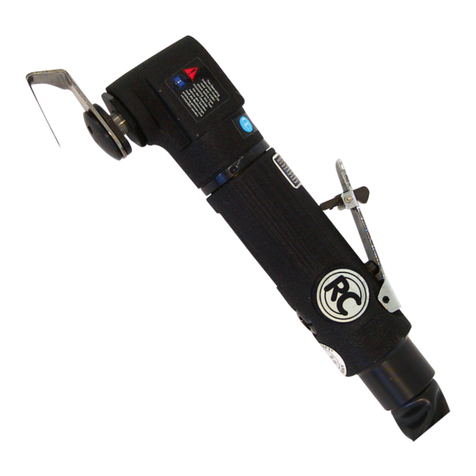
RODCRAFT
RODCRAFT RC6610 Operation manual
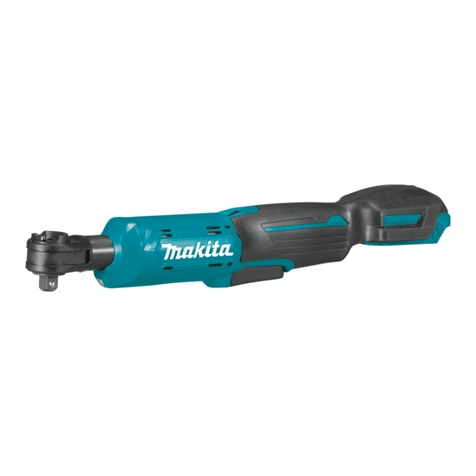
Makita
Makita RW01 instruction manual
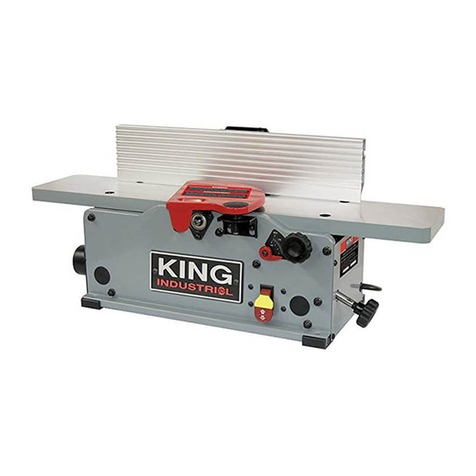
King Industrial
King Industrial KC-6HJC instruction manual
